Reviewed by Julianne Ngirngir
Picture this: you're scrolling through YouTube late at night, watching gaming tutorials mixed with study tips and the occasional cat video. What you don't realize is that every click, every pause, every "skip ad" button press is painting a digital portrait of not just your interests—but your age. YouTube just announced they're rolling out AI-powered age verification that analyzes your viewing behavior to determine if you're under 18, and it's already being tested on US users right now.
Here's the kicker: this isn't just about what you watch—it's about how you watch it. YouTube's new system examines account history, viewing habits, interaction styles, and even how long your account has been active. If their AI decides you're likely under 18, boom—personalized ads disappear, digital wellness tools activate, and you'll need a government ID or credit card to prove otherwise.
What you need to know: This rollout started August 13, 2025, and represents YouTube's response to tightening global regulations. The EU's Digital Services Act demands platforms assess minor-exposure risk, while the UK's Online Safety Act threatens fines up to £18 million for inadequate age verification. YouTube's betting that AI can solve what simple birthday fields couldn't—but the implications stretch far beyond teen safety.
The science behind behavioral age detection isn't as simple as it sounds
AI age estimation has become a surprisingly complex field, and YouTube's approach represents a major shift from traditional methods. While most age verification systems focus on facial recognition technology, which analyzes physical features to determine "apparent age," YouTube is pioneering behavioral pattern analysis instead.
The challenge with traditional methods runs deep. Research reveals that age estimation methods often fail due to inconsistencies in benchmarking and data preprocessing practices—factors that "exert a more significant influence than the choice of the age estimation method itself." When comparing different facial age estimation approaches, researchers found that technical factors like image resolution, facial alignment, and dataset quality mattered more than the actual algorithms being used.
Traditional facial age estimation struggles particularly with accuracy for younger individuals. Recent studies using optimized CNN architectures report mean absolute errors of 5.77 years for age estimation, despite achieving 95% accuracy in gender classification. This highlights a fundamental challenge: the same AI systems that can reliably determine gender often miss age by nearly six years.
YouTube's behavioral approach sidesteps these physical limitations entirely by analyzing digital footprints instead. According to YouTube, their system examines viewing habits, interaction styles, and account activity patterns. This matters because YouTube's recommendation algorithm already drives 70% of what people watch on the platform, creating rich behavioral datasets that could theoretically reveal age more reliably than facial features.
But the technical challenges don't disappear—they just shift. Security researchers warn that AI age verification systems "will both be easily circumvented and disproportionately misclassify minorities and low socioeconomic status users." These biases stem from fundamental limitations in both AI models and hardware infrastructure that are "difficult to overcome below the cost of government ID-based age verification."
What this means for your YouTube experience (and your data)
When YouTube's AI flags you as potentially under 18, the changes happen automatically—no discussion, no appeal process upfront. The platform will immediately switch you to non-personalized advertising, activate digital wellness tools like watch-time breaks, and start showing prompts about sharing personal information.
Think that sounds reasonable? Here's the catch: if you disagree with the AI's assessment, you'll need to prove your age using a government-issued ID, facial selfie, or credit card authentication. That's a significant privacy trade-off for what amounts to an algorithmic guess about your viewing patterns.
The changes extend beyond individual users to reshape the creator economy. YouTube notes that creators may see policy changes if their audience includes more viewers flagged as under-18. Videos from teen creators might default to private, live gifting tools could face restrictions, and ad revenue might decline due to non-personalized ad delivery for teen views.
The ripple effects could be more significant than YouTube acknowledges. When legitimate adult users get misclassified—say, someone who primarily watches gaming content, educational videos, or niche hobby tutorials—they suddenly face restrictions designed for teenagers. Imagine being locked out of age-restricted educational content about history or science because the AI associated your viewing patterns with younger users. You'd need to submit government documentation just to access content you could freely watch the day before.
Here's what's particularly concerning: this system creates a feedback loop that could reshape content discovery entirely. If the AI associates certain viewing patterns with younger users, creators might unconsciously adjust their content to avoid triggering teen classifications—potentially homogenizing the platform in unexpected ways. Global data shows that almost one in four sign-ups at age-gated sites are still suspected minors, with 38% of evasion attempts involving borrowed adult credentials, suggesting these systems face constant cat-and-mouse games.
The regulatory pressure cooking age verification worldwide
YouTube's move isn't happening in a vacuum—it's a direct response to a global regulatory tsunami that's reshaping digital age verification requirements across multiple jurisdictions simultaneously.
The EU's Digital Services Act now requires platforms to assess minor-exposure risk and deploy "appropriate & proportionate" measures, with fines reaching 6% of worldwide turnover for non-compliance. The European Commission's guidelines specify that platforms can be considered "accessible to minors" even when their terms restrict access—if they don't implement effective prevention measures.
The timeline is aggressive across multiple fronts. EU regulations demand that platforms accessible to minors implement robust age verification, while self-declaration checkboxes no longer qualify as effective age assurance. Meanwhile, the UK's Online Safety Act mandates "highly effective" age verification for pornographic content starting July 2025, with penalties up to £18 million or 10% of global revenue.
What's driving this regulatory urgency becomes clear when examining the scope of the problem. Research data shows that 75% of teens have been exposed to sexual content online, 76% experience online bullying, and nearly one in five 8- to 16-year-olds have been approached by online predators. These statistics have prompted lawmakers to move beyond traditional industry self-regulation toward mandatory compliance frameworks.
This regulatory shift is creating massive market opportunities while exposing technological limitations. Australia's upcoming December 2025 ban on social media users under 16 has revealed critical flaws in current technology—trials of facial-scanning tools showed 85% of tests failed to estimate ages within 18 months, with 16-year-olds misclassified as 37. This regulatory pressure is creating what analysts call "a multi-billion opportunity for age-assurance technology firms positioned to capitalize on regulatory shifts," while simultaneously demonstrating why YouTube chose behavioral analysis over biometric approaches.
The European Commission is attempting to address these technological challenges with their age verification blueprint, designed to let users prove they're over 18 "without sharing any other personal information." This open-source solution represents a new privacy standard for the industry, setting the stage for the European Digital Identity Wallet framework mandatory across all member states by December 2026.
The privacy trade-offs that nobody's talking about
YouTube's behavioral age detection raises profound questions about digital privacy that extend far beyond teen safety, creating what amounts to a new form of behavioral surveillance dressed as child protection.
The scope of data analysis required for age estimation reveals the true privacy implications. When you consider that YouTube's algorithm already tracks watch time, click-through rates, satisfaction surveys, and viewing habits across different devices and times of day, adding age estimation creates an unprecedented level of behavioral profiling. The platform analyzes not just what you watch, but how long you pause before clicking, your viewing patterns at different times, and even your interaction styles across various content types.
The verification alternatives carry distinct privacy risks that YouTube hasn't fully addressed. If YouTube's AI flags you incorrectly, your options include submitting a government ID, facial selfie, or credit card authentication. Government ID verification creates permanent records linking your real identity to your viewing habits, while facial recognition systems have been shown to disproportionately misclassify minorities and low socioeconomic status users, potentially creating discriminatory barriers to platform access.
What's particularly concerning is YouTube's silence on data retention and long-term implications. Google has announced they're testing machine learning-based age estimation models to "estimate whether a user is over or under 18," but the company hasn't detailed how long behavioral age assessments remain in user profiles, whether they influence recommendations beyond immediate safety measures, or how this data might be used for other purposes.
The deeper privacy concern lies in what experts call "inference creep"—when data collected for one purpose begins informing other algorithmic decisions. If YouTube's AI determines your viewing habits suggest you're under 18, that assessment could theoretically influence content recommendations, advertising categories, or even account privileges in ways that extend far beyond the original teen safety goals.
PRO TIP: Check your YouTube privacy settings now. Under "Data & privacy," you can see what Google thinks it knows about you—including age-related inferences that might influence this new verification system. You can also review and delete your watch history, though this might affect the AI's behavioral analysis in unexpected ways.
Where this digital age verification experiment leads next
YouTube's behavioral age detection represents just the opening move in a comprehensive transformation of internet identity verification that will reshape how we interact with digital services globally.
The broader digital identity revolution is already underway. The European Digital Identity Wallet framework, mandatory across all EU member states by December 2026, will fundamentally alter how citizens interact with digital services. This isn't just about age verification—it's about creating comprehensive digital identity solutions that eliminate reliance on private sector platforms for verification. Citizens will store and present verified credentials through government-issued digital wallets, potentially making YouTube's behavioral analysis approach obsolete for EU users within two years.
Here's the bigger picture: while YouTube has been using this machine learning approach "in other markets for some time, where it is working well," the US rollout represents a critical test case for behavioral age detection at massive scale. Success here could influence other major platforms to adopt similar systems rather than face the regulatory heat that's intensifying globally. Failure could accelerate the shift toward government-controlled digital identity frameworks.
The technology race is accelerating with companies developing fundamentally different approaches to age verification. Firms like Yoti are developing self-sovereign identity systems that let users control their data, while BorderAge uses hand-gesture analysis tied to medical models of bone development, and Veriff combines AI, biometrics, and document verification with behavioral analytics. The winners will be platforms and technologies that balance regulatory compliance with user trust—and YouTube's betting that behavioral analysis strikes that balance better than invasive biometric scanning.
But this behavioral approach could create what privacy researchers are calling "digital age personas"—algorithmic profiles that follow users across platforms and services. If YouTube's AI decides you exhibit "teen-like" behavior, that assessment could theoretically influence how other Google services treat your account, or even be shared with third-party age verification services that other platforms use. We're potentially moving toward a future where your digital behavior doesn't just determine what you see—it determines who the internet thinks you are across multiple services and contexts.
The real question isn't whether this technology works—it's whether we're comfortable with platforms making age-based decisions about our digital lives based on algorithmic interpretations of our behavior. As global regulations tighten and enforcement begins, we're moving toward a future where your viewing habits don't just determine what you see next—they determine fundamental aspects of your digital identity and access rights.
Don't miss: YouTube's US rollout started August 13, 2025. If you're suddenly seeing different ads or digital wellness prompts, the AI may have flagged your account. You'll get a notification if this happens, along with options to verify your actual age if you disagree with the assessment. But remember—those verification options require surrendering significant personal data for what amounts to correcting an algorithmic guess about your behavior.
Sound familiar? Welcome to the new internet, where your clicks have consequences you never signed up for, and where proving you're an adult might require more documentation than opening a bank account.




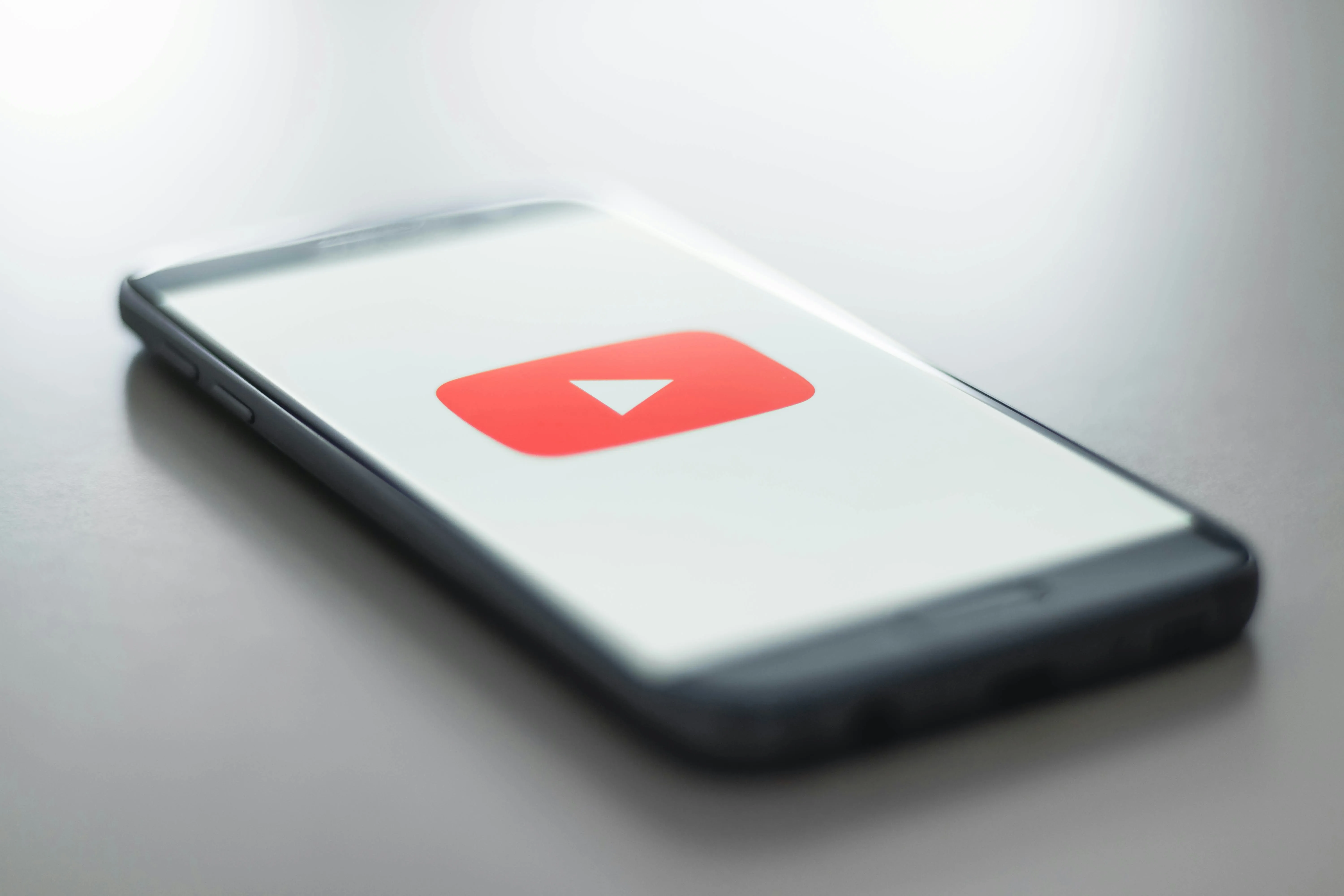
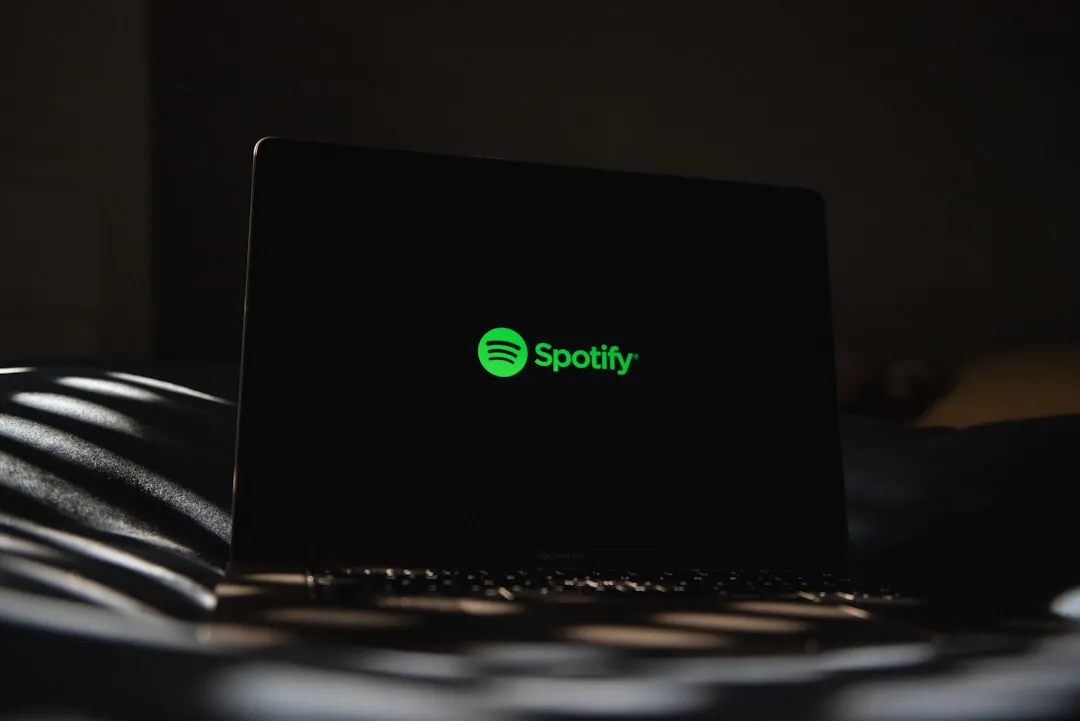



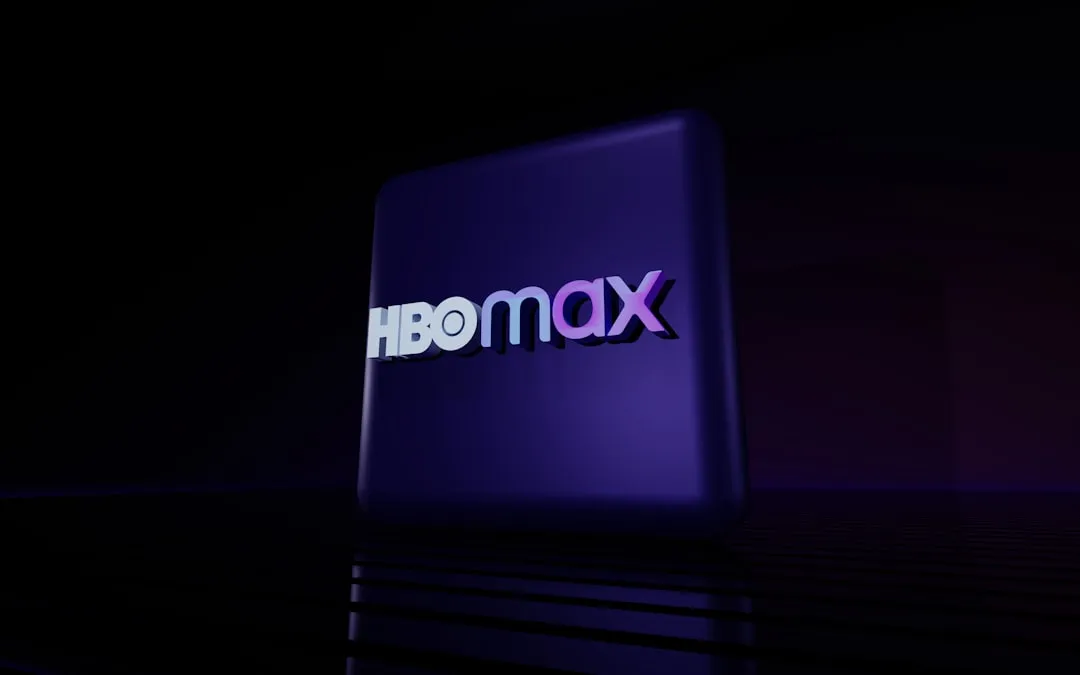
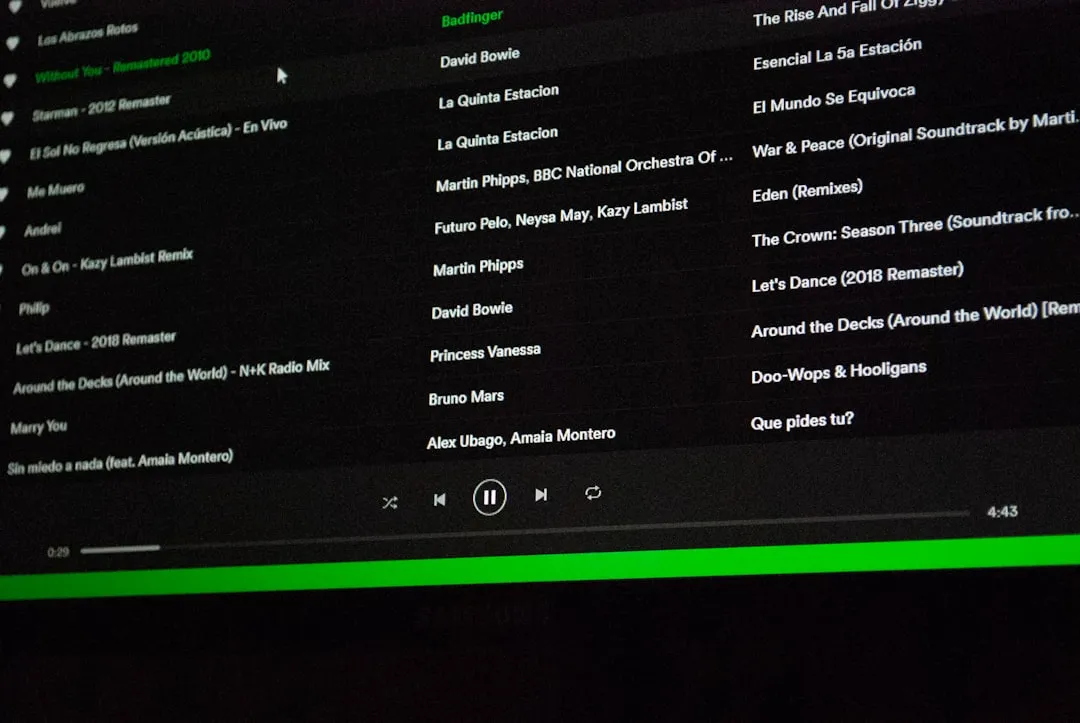
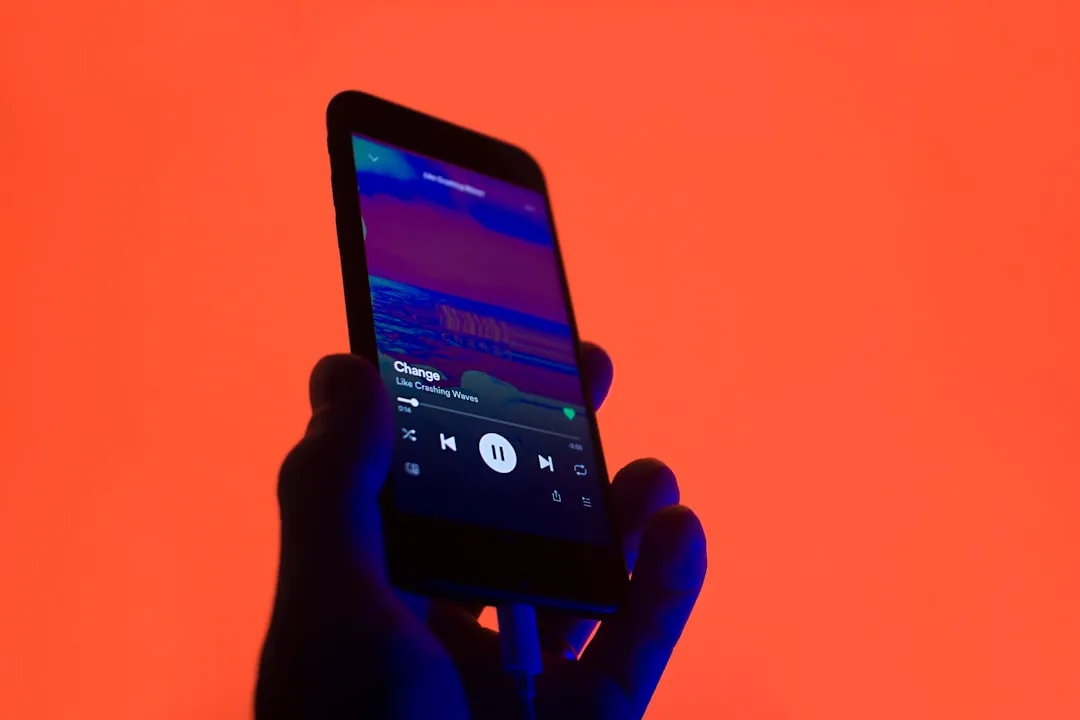
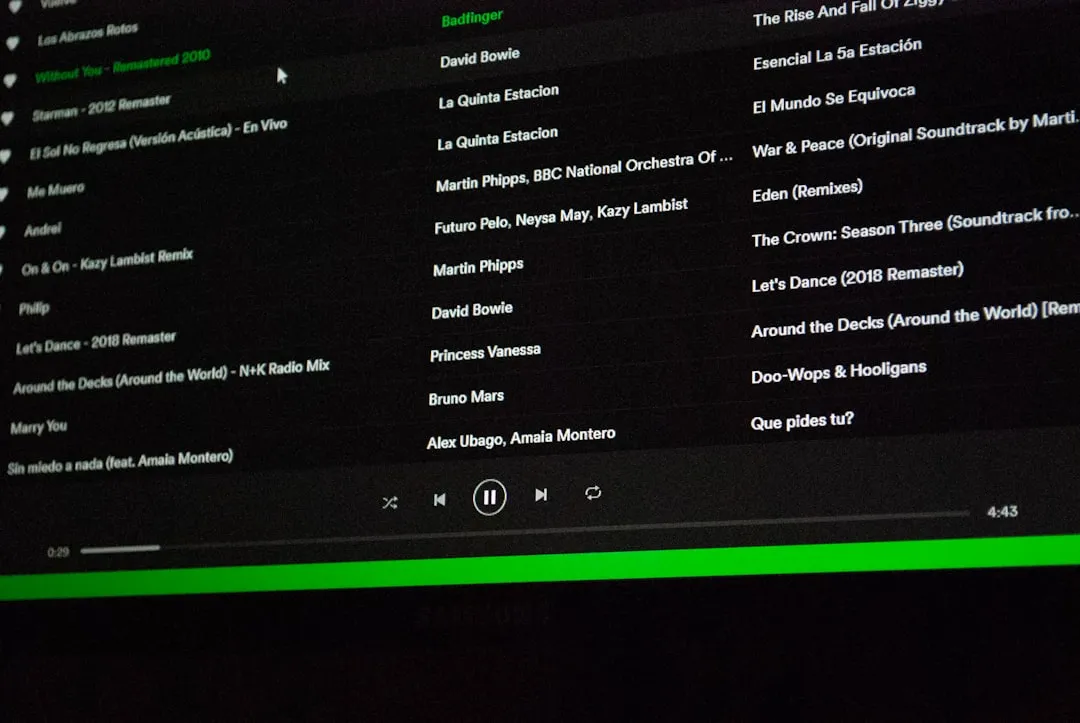
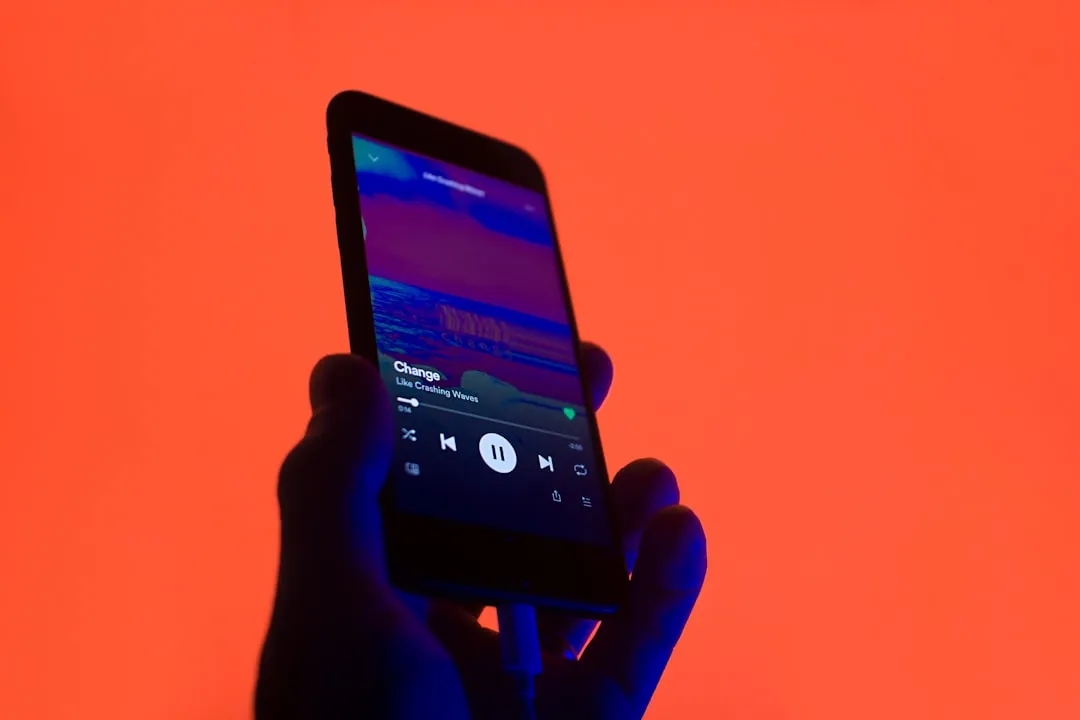
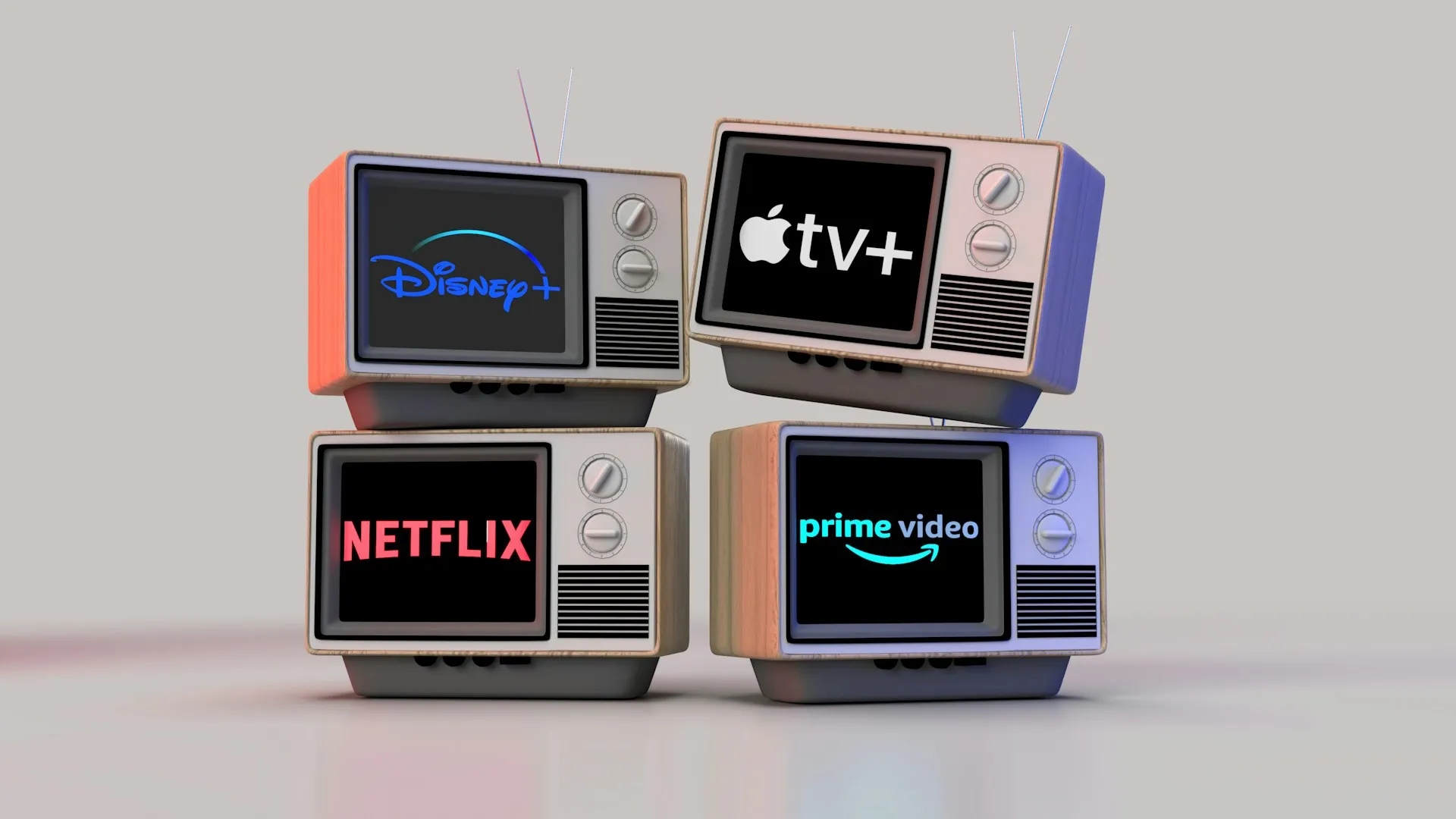
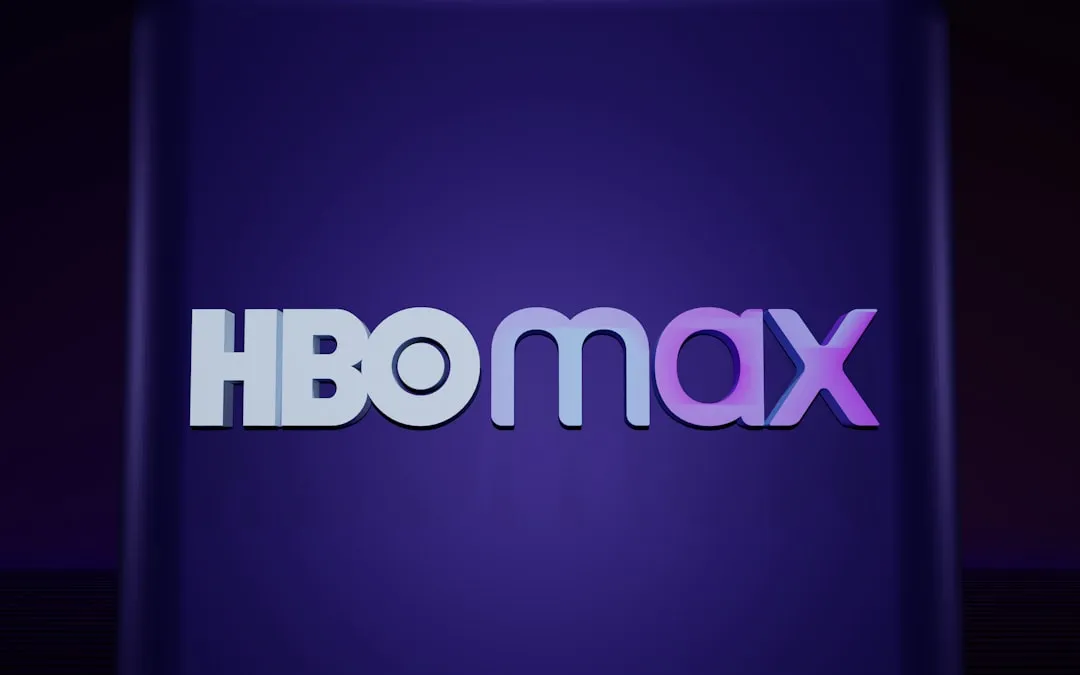



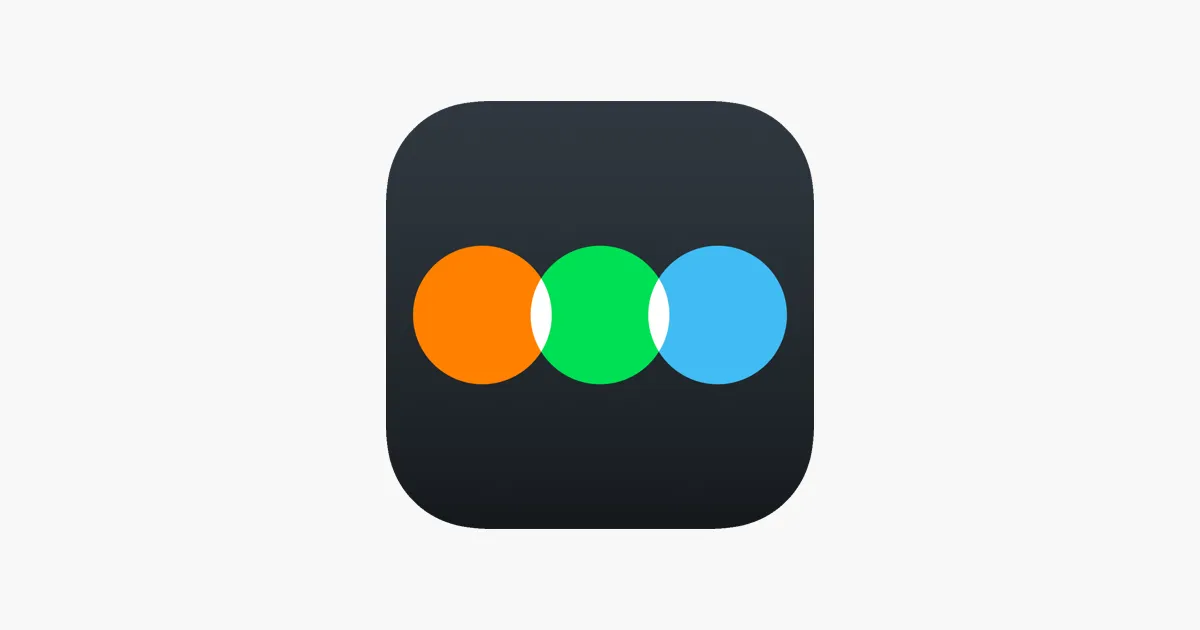
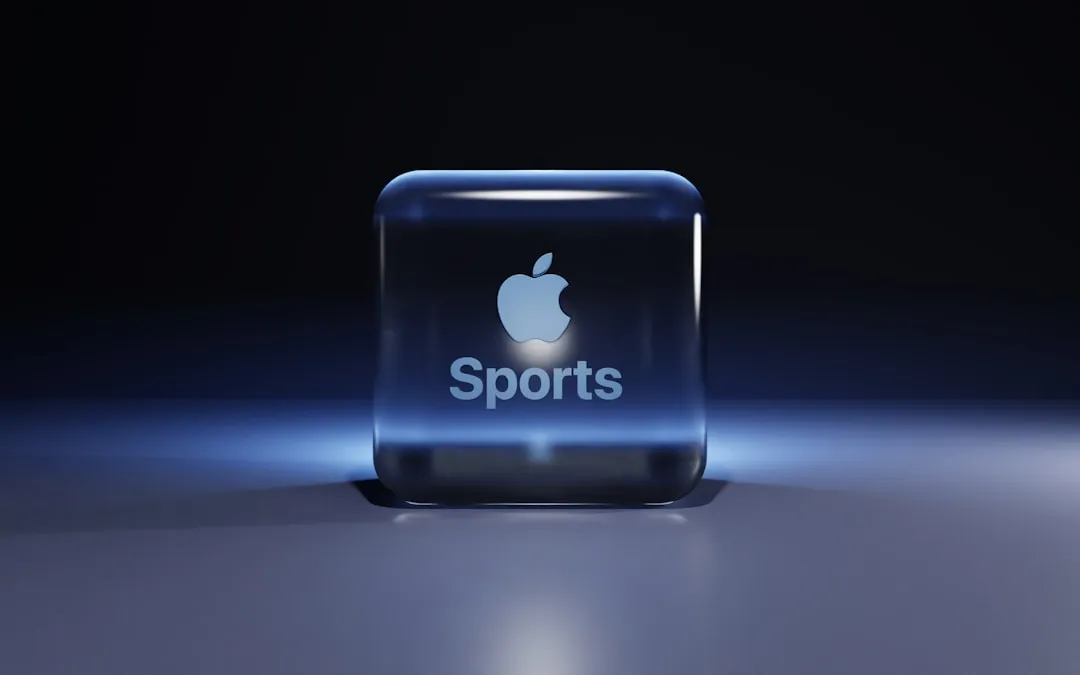
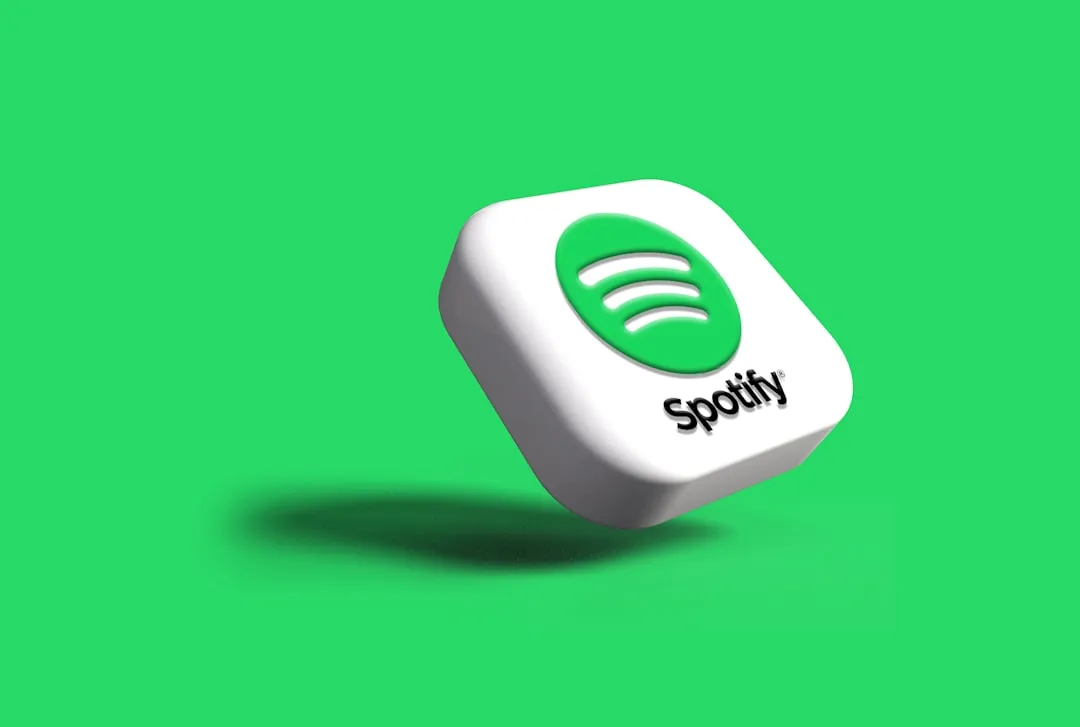
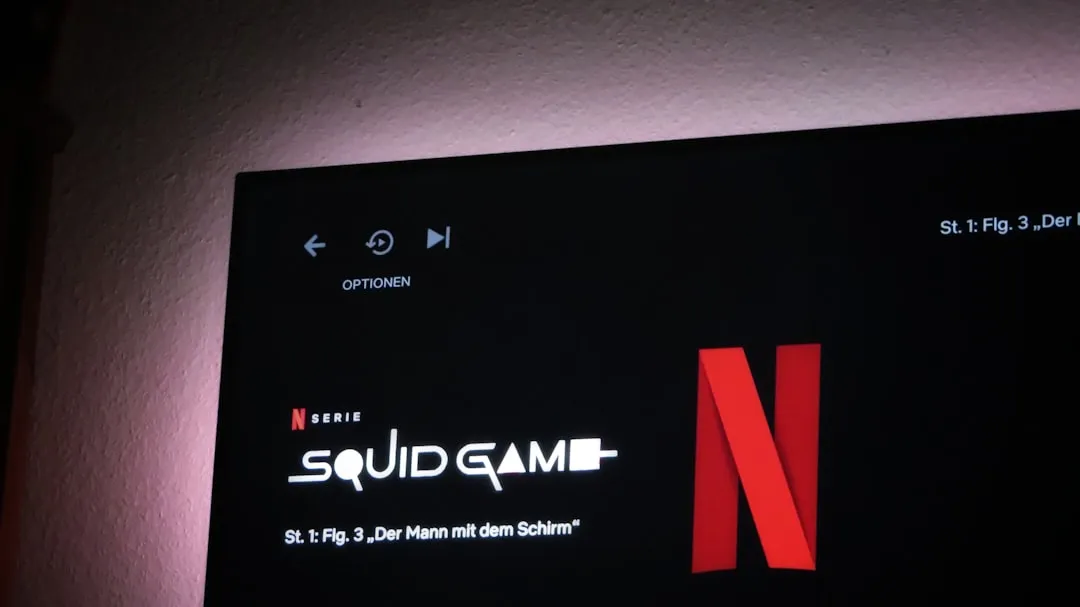
Comments
Be the first, drop a comment!